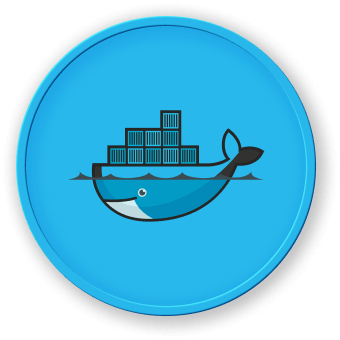Practical Techniques for Data Persistence
In this section, we'll explore some practical techniques for ensuring data persistence in your Docker-based applications.
Using Volumes for Persistent Data
As mentioned earlier, volumes are the recommended way to manage persistent data in Docker. Let's look at a practical example of using volumes:
## Create a new volume
docker volume create my-database
## Run a container and mount the volume
docker run -d --name my-database -v my-database:/data postgres
In this example, we create a new volume called my-database and mount it to the /data directory inside the PostgreSQL container. This ensures that the data stored in the container's /data directory is persisted in the my-database volume.
Bind Mounts for Local Development
Bind mounts can be useful for local development, where you need to access and modify the container's files from the host system. Here's an example:
## Run a container and mount a host directory
docker run -d --name my-app -v /host/path:/app my-app
In this case, the /host/path directory on the host system is mounted to the /app directory inside the container.
Backup and Restore Volumes
To ensure the safety of your persistent data, it's important to implement regular backup and restore procedures. You can use the docker volume inspect command to get information about a volume, including its location on the host system.
Here's an example of how to create a backup of a volume:
## Get the volume location
docker volume inspect my-database
## Output: "/var/lib/docker/volumes/my-database/_data"
## Create a backup of the volume
tar -czf my-database-backup.tar.gz /var/lib/docker/volumes/my-database/_data
To restore the backup, you can simply extract the backup archive to the volume's location:
## Restore the backup
tar -xzf my-database-backup.tar.gz -C /var/lib/docker/volumes/my-database/_data
Persistent Storage Solutions
For more advanced use cases, you may want to consider using persistent storage solutions like NFS, Ceph, or cloud-based storage services (e.g., Amazon EBS, Google Persistent Disk). These solutions provide scalable, highly available, and durable storage that can be easily integrated with your Docker-based applications.
By leveraging these practical techniques, you can ensure that your Docker-based applications maintain the necessary data persistence, even when containers are removed or replaced.




